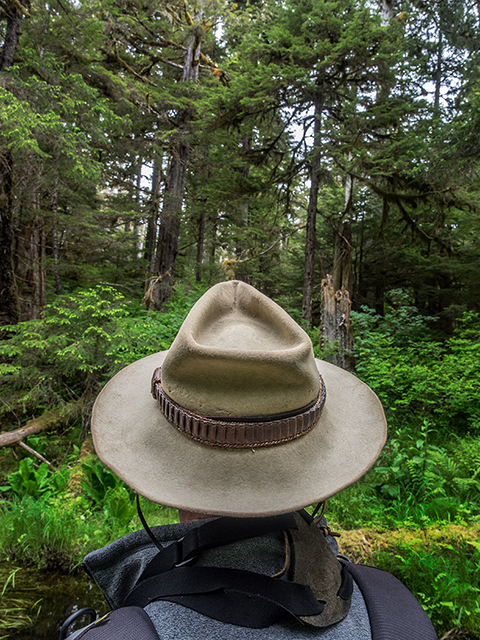Alaska’s Inside Passage
From the Yukon River, the Tatshenshini-Alsek River, a scientific program miles out on the Arctic ice from Barrow, sea-kayaking in Glacier Bay, trips in the Inside Passage, I’ve had the good fortune of working in Alaska many times over my career. I just returned from two, back-to-back trips for National Geographic aboard the National Geographic “Sea Lion.”
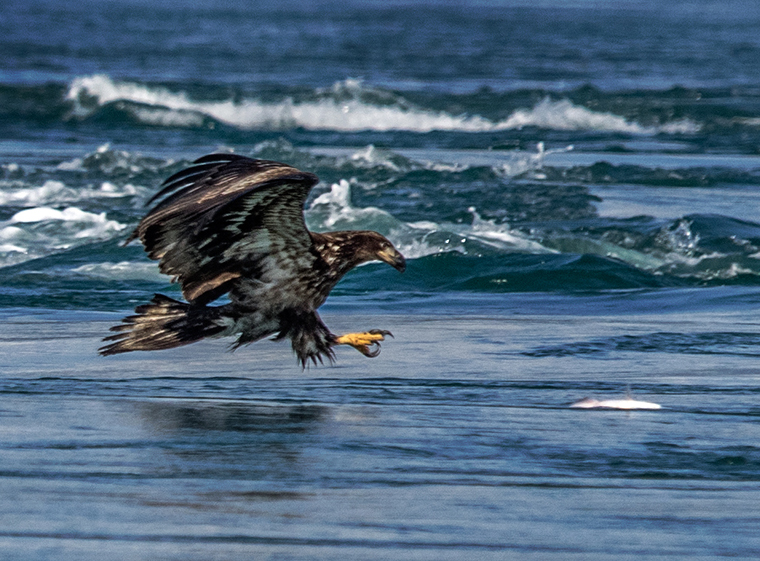
In the Inian Island of the Inside Passage, an immature Bald eagle grabs dinner. Olympus E-M1 50-200mm lens
Starting in Sitka a couple of weeks ago, this trip took me to a favorite place of mine, the Inside Passage. Gray days with drizzle followed by stunning days of sun and blue skies really provide an all-around Alaska experience. Wildlife, scenery, more wildlife and more scenery was the commonality on this trip.
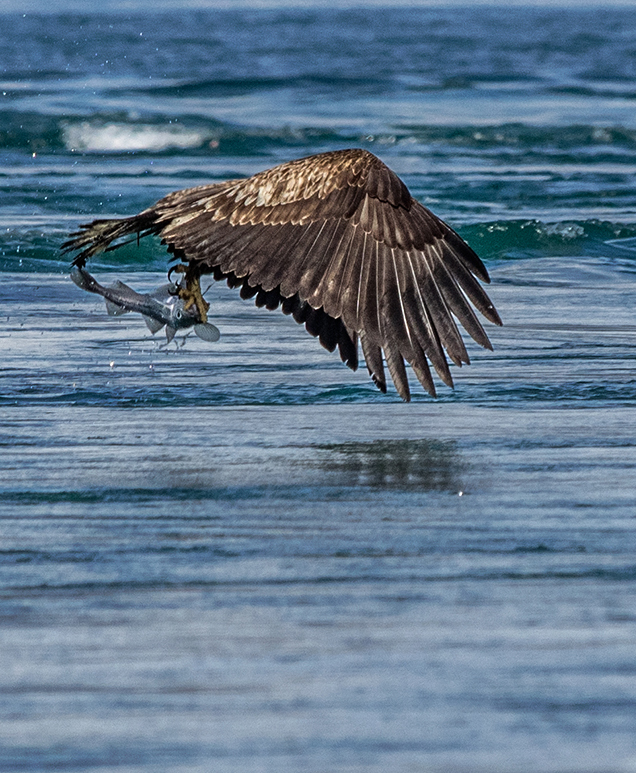
In the Inian Island of the Inside Passage, an immature Bald eagle grabs dinner. Olympus E-M1 50-200mm lens
During the past 8 years, I’ve been on nearly 40 different trips for National Geographic Expeditions, ranging from Antarctic and South Georgia, to the Arctic, the Cape of Norway, the British Isles, and multiple more for the Lindblad/National Geographic alliance. When asked which is my favorite, a really impossible question to answer as each place has it’s magnetism, I still find that the Inside Passage really rates near the top.
As the “National Geographic Expert” aboard these trips, part of my responsibility is to share my photographic knowledge with those who are interested in this craft. With a National Geographic photographer aboard many of the Lindblad/National Georgraphic trips, this provides a great resource for the photographically –driven travelers, having access to that individual and the years of experience they bring to the ships.
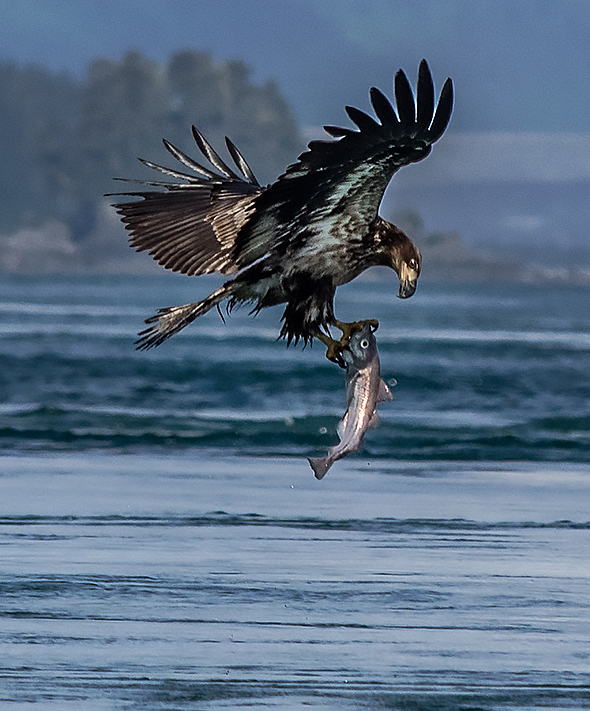
In the Inian Island of the Inside Passage, an immature Bald eagle grabs dinner. Olympus E-M1 50-200mm lens
Over the 40+ years that I’ve been in this business, hopefully I’ve made enough mistakes and had the successes in terms of not only image-making, but in creating a pretty workable body of equipment I travel with. I’d like to share a bit of my knowledge for anyone interested, so here goes:
Most of my work takes me outside the US, and I’ve spent enough time on aircraft, running through airports and dealing with the general hassles of the location photographer. Lightweight gear with a small footprint is becoming more important to me all the time. This is a large reason that I use a mirrorless camera system. My camera of choice is the Olympus OM-D E-M1. About half the size of a standard DSLR, and with lenses at least half the size of their DSLR equivalents, I’ve found that this system gives me the quality I need, and eliminates a huge amount of the dead weight of a full-sized DSLR.
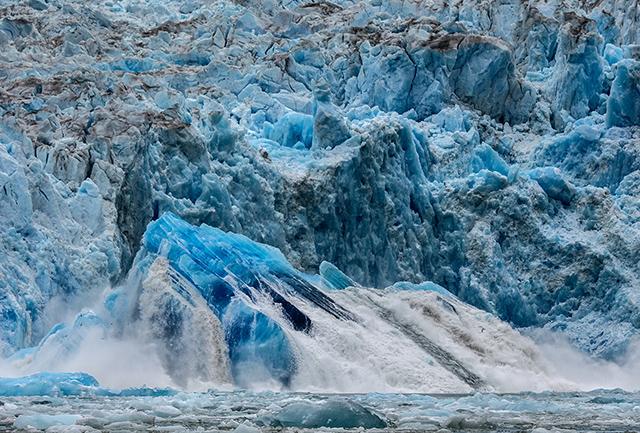
Glacier calving on South Sawyer Glacier, Tracy Arm Olympus E-M1 50-200
I carry my cameras on the plane, I won’t ship anything under, and if I can, I won’t gate-check a bag. I’ve seen equipment ruined by the rough handling after bidding that case adieu due to a gate agent’s refusal to allow my case to go onboard. And, if you think there is a real “international carry-on” set of guidelines that all airlines adhere to, well, I’ve got a bridge I’d like to sell you in New York.
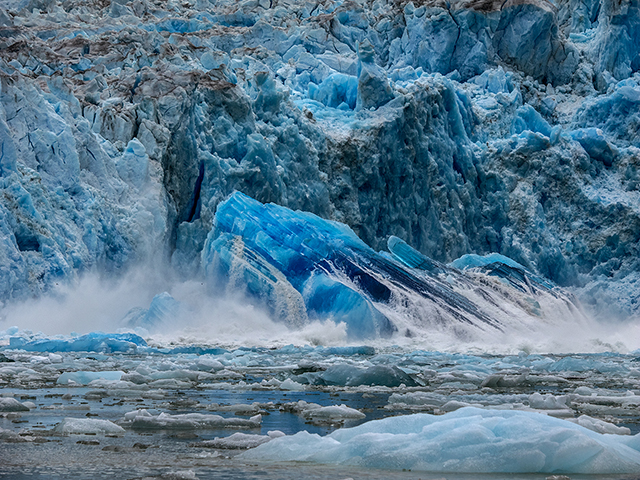
Glacier calving on South Sawyer Glacier, Tracy Arm Olympus E-M1 50-200
One of the most critical components of travel/location photography is the ability to back up my work. Digital technology is amazing, until you have failure or loss of images, then it’s voodoo magic..I always carry a small RAID system with me, I use the Wiebetech “Tough Tech Duo.” In this device resides two 500GB hard drives, the RAID has a chipset onboard, that when plugged into my Mac, appears as one hard drive on my desktop. Before re-formatting my card, I confirm that those images (after an edit session, eliminating the obvious and the lesser images) are backed up on my Tough Tech before formatting that card. In addition to the RAID, a carry an additional, “bare” hard drive the same size and speed as those in my drive. I’ll pop out one of the drives in that RAID and replace with this extra drive. My Tough Tech then warns me that a new drive has been installed, and asks if I want to copy the contents of the existing drive in the unit to the new drive. I’ll okay that, and at that point I have my two copies on the RAID of all my files, and I’ll have an additional drive (the one I popped out) that has the files as well. This way, if I’m leaving my hotel room, that extra drive goes with me and I am pretty secure even if my room is robbed(worst case scenario, but I can’t be too careful with my images, as this is my living) as I’ll have that extra copy that is in my pocket that I can create a new RAID’d backup.
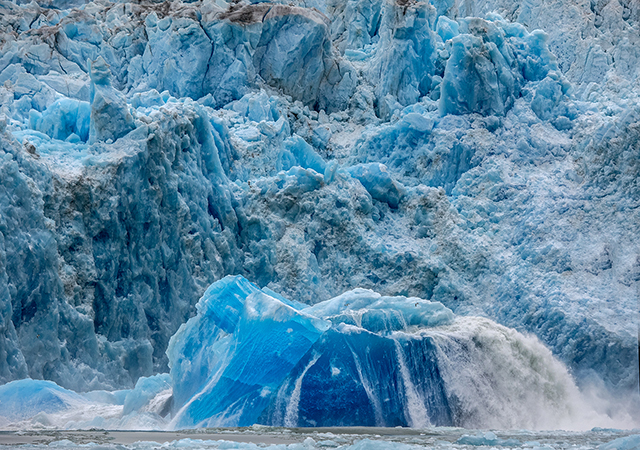
Glacier calving on South Sawyer Glacier, Tracy Arm Olympus E-M1 50-200
The Tough Tech is a “transition” unit, its primary function is to provide backup until I return home, at that point I’ll drag the files from my latest adventure onto my CRU-Dataport RSX400 RAID system. After confirming that those files are on that drive (and a second RAID as well) are copied I’ll then erase those files from my Tough Tech.
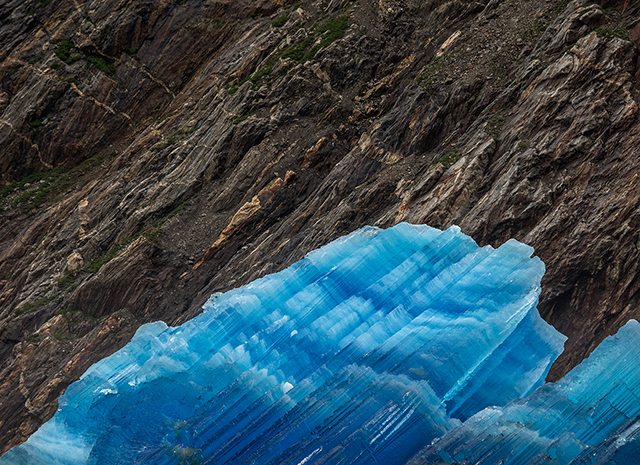
Part of an iceberg, just after calving off of the South Sawyer Glacier, Tracy Arm, Alaska. Olympus E-M1 50-200mm lens
This is all part of a workflow, which doesn’t stop at copying to my main drives. All photographers should have a plan in mind, and follow that plan religiously. Hard drives are NOT a permanent medium for storage, one has to plan on updating the storage by moving your entire library to new medium every few years.
Developing and following a workflow is critical for the digital photographer; it’s an amazing technology, but you have to keep your files up to date or you could lose your entire library.
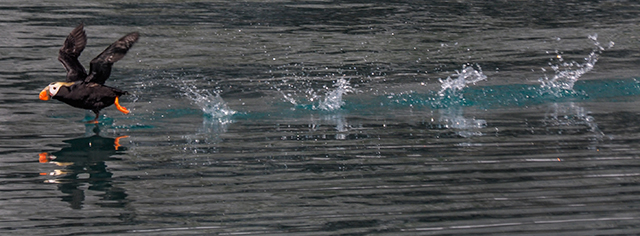
In Glacier Bay National Park, a Puffin on takeoff
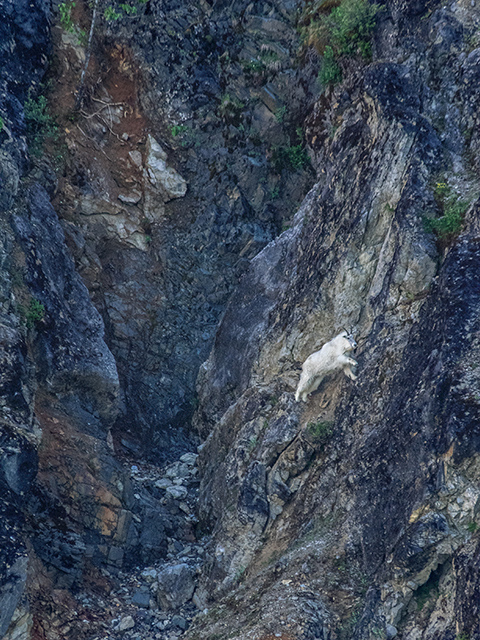
Glacier Bay National Park, a Mountain goat on mountainside Oly E-M1 50-200
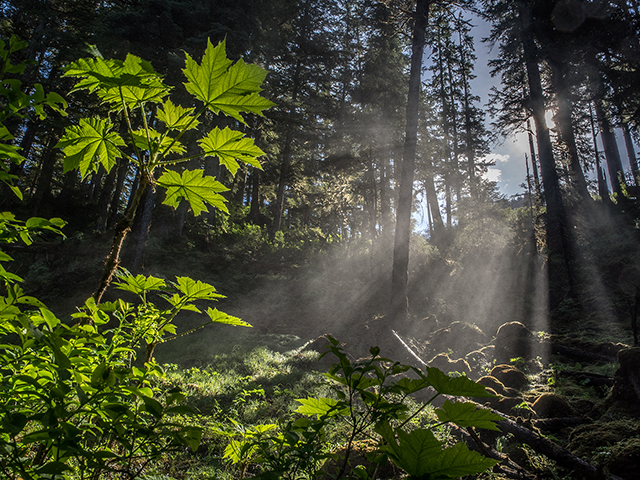
Near Cascade falls Olympus E-M1, 12-40mm lens
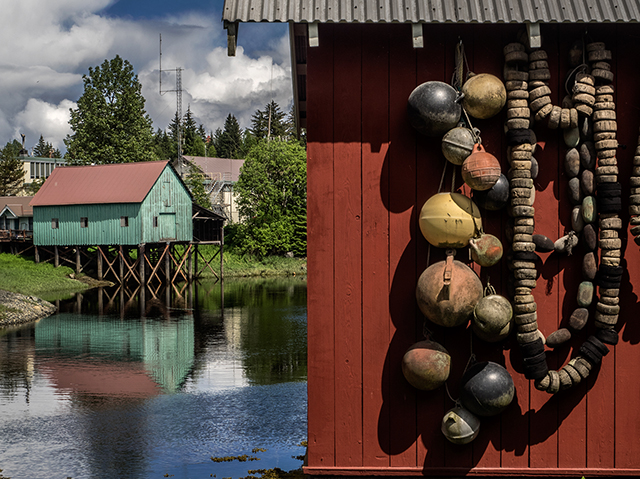
Petersburg, Alaska Olympus E-M1 12-40mm lens
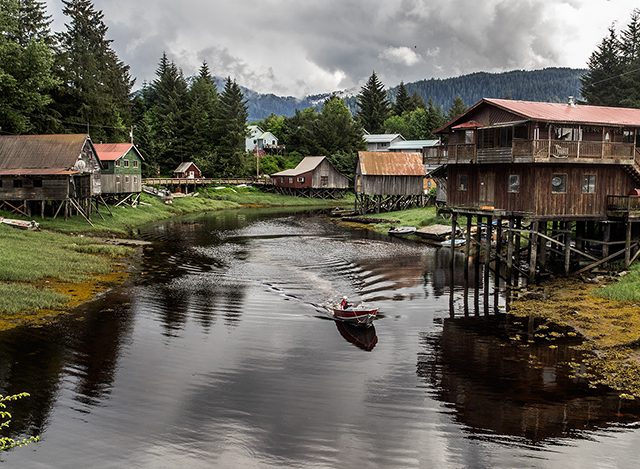
Petersburg, Olympus E-M1, 12-40mm lens
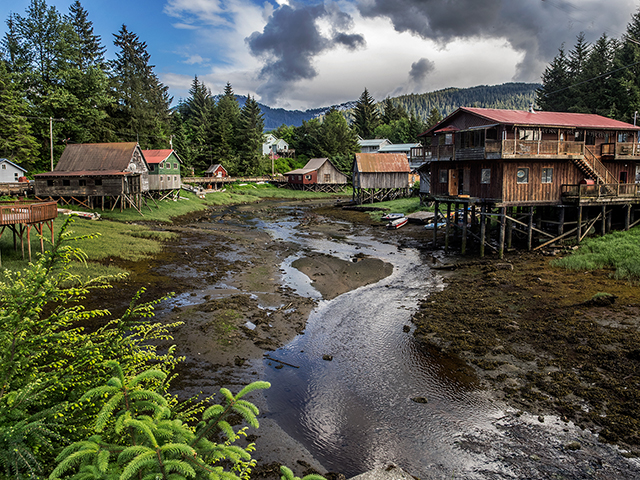
Petersburg, later that day….Olympus E-M1 12-40mm lens
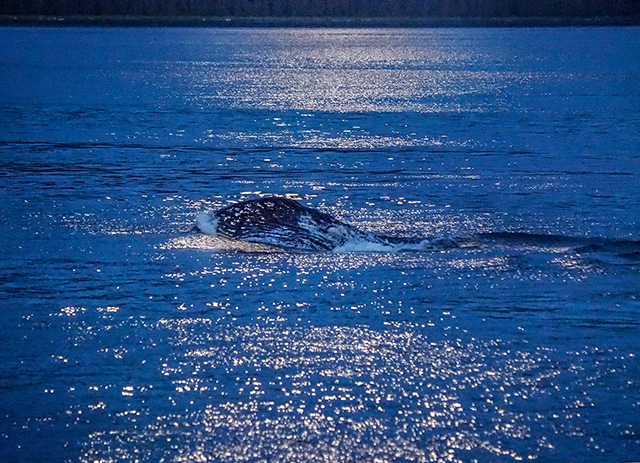
Humpback whales in moonlight, Olympus E-M1 50-200mm lens
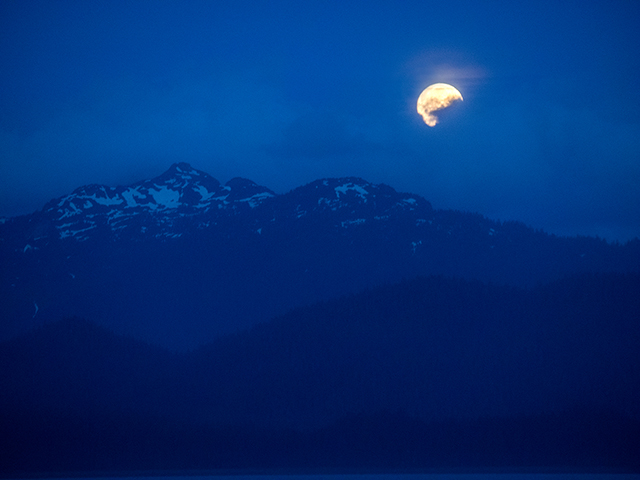
Full moon in Icy Straits, Olympus E-M1 50-200mm
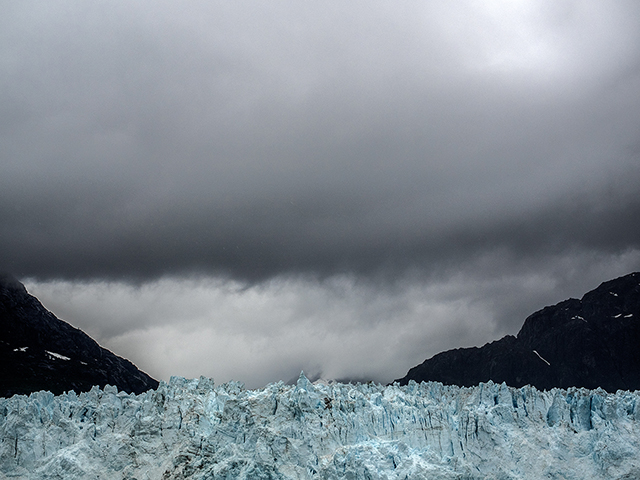
Glacier front



